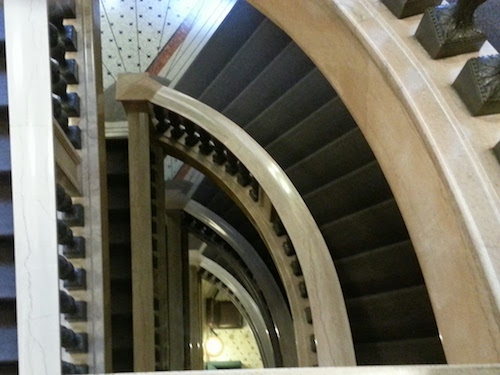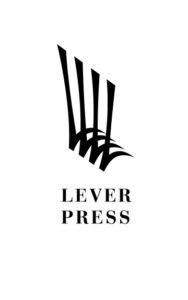Today I’m pleased to be writing about an exciting new venture that is the result of several years of work and study {1}, a new open access publishing press that has just gotten underway. On January 8, 2016, Inside Higher Education announced the launch of the Lever Press, an open access, peer-reviewed, digital-first publisher for scholarship in the arts, humanities, and social sciences. This press, conceptualized and developed by academic libraries in private liberal arts colleges, is founded on one of the basic principles of academic libraries: collaboration. Continue reading “Launch of the Lever Press – a new player in open access publishing”
Reading in a Digital Age of Distractions
Open access publishing and open education resources
Open access (OA) does not equal free. Nor does OA publishing mean lower quality scholarship marked by the lack of a traditional peer review process. There are costs involved and most OA journal articles and books are peer-reviewed, but those two concerns persist in conversations about the merits of OA. As OA does involve costs, either by producers or subscribers, it is important to note that finding a sustainable cost model is one of the ongoing challenges facing libraries when presented with the variety of options that are now appearing regarding OA materials. While there are a number of factors that contribute to our library being involved in the OA movement, the most important factors are our interest in removing barriers to content and published scholarship and participating in activities focused on reducing costs and expenses. Continue reading “Open access publishing and open education resources”
Collaboration takes many different forms…
Collaboration takes many different forms, but the definition of “collaboration” is to work with others to complete a task and achieve shared goals. For us in the DeWitt Wallace Library, collaborative efforts are a continuous thread throughout all of our library services. It includes the partnerships we strive to develop with faculty in order to prepare engaging instruction sessions on research strategies for library resources relevant to your courses. Collaboration includes developing strong service ethics in our student employees while also providing them with skills related to the college student learning goals. We collaborate closely with our partners in ITS for providing excellent service and support for faculty, students, and staff. Collaboration also involves working with other libraries to expand access to available resources for our faculty and student research needs. Continue reading “Collaboration takes many different forms…”

